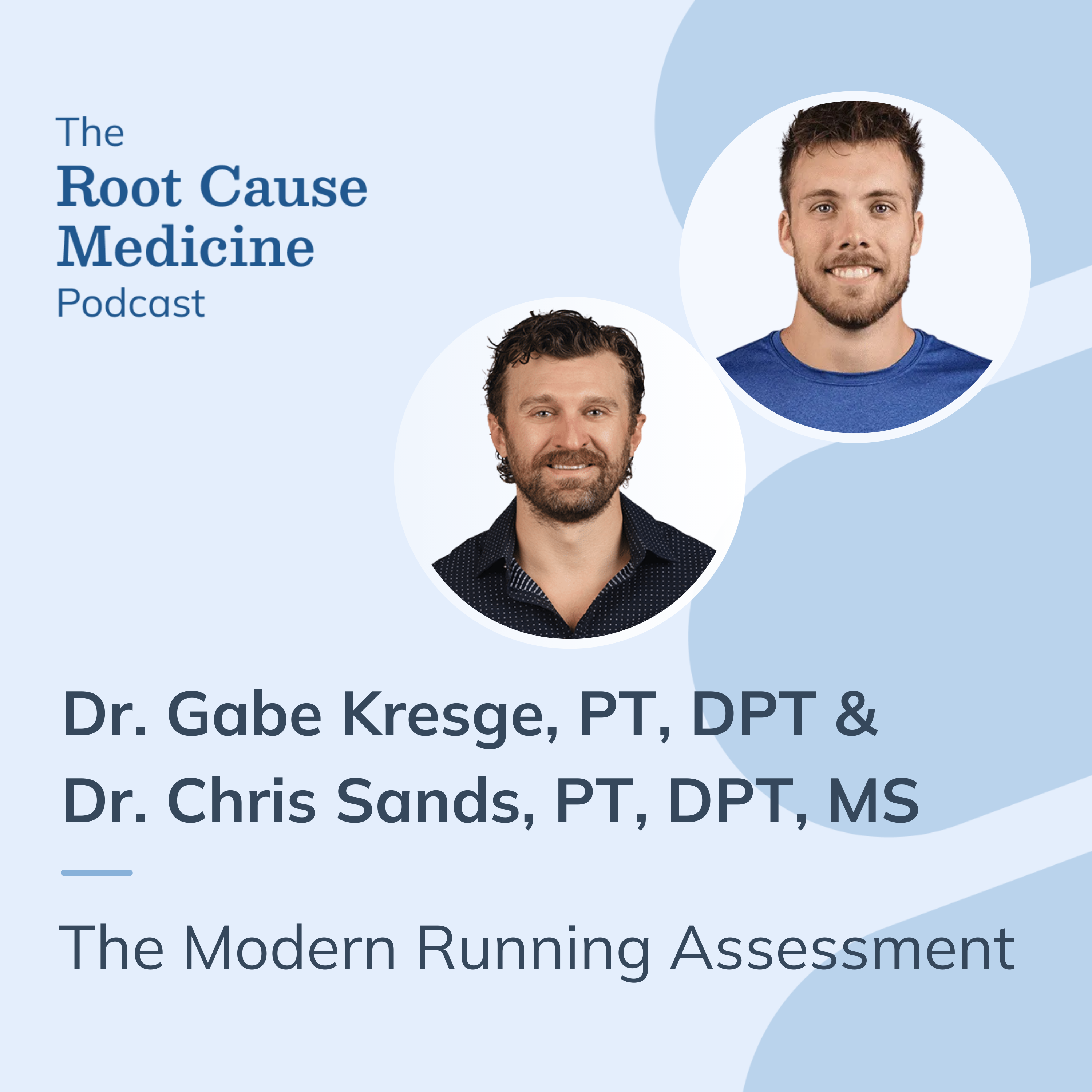Sepsis caused by Staphylococcus infections is a serious and potentially life-threatening complication that can arise from both community-acquired and healthcare-associated exposures.
This article provides an overview of the clinical progression of Staphylococcus-related sepsis, including recognized risk factors, current treatment protocols, and preventive strategies aimed at reducing incidence and improving patient outcomes.
[signup]
Understanding Staphylococcus Infections
Staphylococcus, commonly called "staph," is a group of more than 30 bacteria. Almost all staph infections in humans are caused by the Staphylococcus aureus (Staph A) bacteria.
Staphylococcus aureus bacterial infection results in:
- Superficial skin lesions (like boils or styes) and localized abscesses
- Deep-seated infections, such as osteomyelitis and endocarditis, and more serious skin infections, such as furunculosis
- Food poisoning, caused by the release of enterotoxins into food
- Toxic shock syndrome, caused by the release of superantigens into the bloodstream
- Urinary tract infections
Staph A is a major cause of hospital-acquired infections of surgical wounds and infections associated with indwelling medical devices such as insulin pumps.
Staphylococci can be transmitted in several ways:
- Human skin and mucous membranes are common habitats for staph bacteria, particularly in areas like the nose, mouth, armpits, and groin.
- Healthcare settings, such as hospitals and nursing homes, pose a high risk due to vulnerable patients, frequent use of medical devices, and close human contact.
- Contaminated surfaces and objects (like towels, bedding, doorknobs, and athletic equipment) can harbor staph and spread it through contact.
- Improperly handled food can carry staph, especially if it hasn’t been adequately cleaned, processed, or stored.
- Livestock may carry staph, and consuming contaminated meat or dairy products can lead to foodborne illness if not properly cooked or handled.
- Surgical equipment that isn’t properly sterilized can serve as a direct transmission route, particularly in medical procedures.
A major concern in healthcare environments is Methicillin-Resistant Staphylococcus Aureus (MRSA). This strain is resistant to many antibiotics, making infections more challenging to treat and contributing to its status as a serious global health threat.
Symptoms and Diagnosis of Staphylococcal Sepsis
Staphylococcal sepsis is a life-threatening condition often triggered by Staphylococcus aureus, particularly the antibiotic-resistant strain MRSA.
According to the World Health Organization (WHO), sepsis is:
- One of the most frequent causes of death worldwide
- Responsible for 20% of all global deaths
- Associated with 1.5% of all hospitalizations
- Costly, with an average expense of $32,000 per infected patient annually
Early symptoms of staph-related sepsis may include:
- Fever and chills
- Rapid heart rate (over 100 beats per minute)
- Accelerated breathing
- Nausea or vomiting
- Muscle pain and fatigue
- Skin rash
If not treated promptly, these symptoms can progress to severe complications, such as:
- Confusion or disorientation
- Loss of consciousness
- Intense pain
- A rapid and dangerous drop in blood pressure
In some cases, less common or atypical symptoms may appear, including:
- Low body temperature instead of a fever
- Pale or mottled skin
- Impaired kidney function
- Panic attacks, nightmares, or hallucinations
Early recognition and treatment are critical to improving outcomes and reducing the risk of long-term complications or death.
Diagnostic Tools for Staph-Related Sepsis
When diagnosing staphylococcal sepsis, clinicians have several valuable tools at their disposal. These tests help confirm the diagnosis, identify the source of infection, and guide treatment decisions:
- Serum lactate levels are an important early indicator, as elevated concentrations are linked to a higher risk of sepsis and worse outcomes. Initial lactate measurements also guide fluid resuscitation and treatment response.
- Blood cultures, both aerobic and anaerobic, should be obtained from at least two separate sites to increase the chances of identifying the causative organism and ensuring appropriate antibiotic coverage.
- Procalcitonin (PCT) is a helpful inflammatory biomarker for evaluating the severity of infection and can guide the duration of antibiotic therapy.
- Standard laboratory tests such as a complete blood count (CBC), bilirubin, and creatinine levels provide insights into organ function and the systemic impact of the infection.
- Chest X-rays can help confirm the presence of sepsis and may also reveal pulmonary sources of infection, such as pneumonia.
- CT scans are beneficial when the source of infection is not immediately clear, as they can help identify deep-seated or complex infections and assess the extent of spread.
- Ultrasound, especially point-of-care ultrasound (POCUS), is increasingly used in emergency settings to assess fluid status, guide resuscitation, and support rapid decision-making.
Together, these diagnostic tools play a critical role in the timely identification and management of sepsis, improving patient outcomes.
Causes and Risk Factors
Several underlying infections can lead to staphylococcal sepsis, particularly in high-risk settings or individuals. Common sources include:
- Vascular catheters, especially when inserted in non-sterile conditions, can cause catheter-related bloodstream infections (CRBSIs), a leading trigger for sepsis.
- Skin and soft tissue infections (SSTIs), including puncture wounds, cellulitis, burns, and surgical site infections, are common entry points for Staphylococcus aureus.
- Osteoarticular infections, particularly those involving joint replacements, can serve as persistent reservoirs for bacteria.
- Endocarditis, or infection of the heart valves, may progress to sepsis when bacteria spread through the bloodstream, leading to septic emboli or multi-organ damage.
Certain risk factors significantly increase the likelihood of developing sepsis:
- A weakened immune system, such as in individuals with HIV, cancer, or those taking immunosuppressive medications following organ transplantation
- Chronic illnesses, including diabetes, kidney failure, or chronic obstructive pulmonary disease (COPD)
- Advanced age, which is associated with reduced immune function
- Extended hospital stays, which increase exposure to invasive procedures and hospital-acquired infections, are a common source of sepsis
Recognizing these causes and risk factors is critical to early intervention and improving patient outcomes.
Treatment and Management
Treating sepsis involves immediate infection control and ongoing support for organ function.
Conventional medical management typically includes:
- Broad-spectrum antibiotics to target the underlying infection as quickly as possible
- Intravenous fluids to maintain blood pressure and prevent shock
- Organ-specific therapies, such as oxygen for respiratory failure or dialysis in cases of kidney involvement
Supportive care is equally important and aims to stabilize the body and restore balance. This may involve:
- Vasopressors like norepinephrine are used to raise dangerously low blood pressure
- Insulin therapy to manage sepsis-related blood sugar spikes
- Other targeted treatments based on the patient's clinical status
Some complementary strategies may be helpful to support recovery and long-term health. These may include:
- Identifying and removing inflammatory triggers to reduce systemic stress
- Nutritional support to enhance immune function and promote wound healing
- Mental health interventions, such as mindfulness or counseling, are especially important in light of the increased risk for post-sepsis psychiatric disorders.
Prevention and Early Intervention
Preventing and detecting staphylococcus-related sepsis early when it occurs is critical to improving patient outcomes. Proactive strategies are essential because sepsis can progress rapidly once an infection takes hold.
Hygiene is one of the most effective and accessible tools for preventing infection, especially in healthcare environments such as hospitals and nursing homes. Both healthcare providers and patients should:
- Follow strict handwashing and sanitizing protocols
- Keep surgical sites, wounds, and incisions clean and properly covered
- Avoid touching the face, particularly the eyes, nose, and mouth, to limit the spread of bacteria
Prophylactic strategies include:
- Staying current on recommended vaccinations
- Managing chronic conditions such as diabetes or kidney disease
- Seeking prompt medical care at the first sign of infection
- Implementing rigorous infection control practices, especially for high-risk individuals
If an infection occurs, early recognition and treatment are essential. Treatment should begin within the first hour of diagnosis to maximize the chances of survival and minimize complications.
[signup]
Key Takeaways
- Staph A is a major cause of sepsis
- Early detection and treatment of infected regions is key to reducing the chance of an infection turning septic.
- Healthcare teams should take extra precautions when dealing with patients at high risk for infections and sepsis and endeavor to teach those patients proper hygiene and wound care.
- Treatment typically includes traditional care, such as broad-spectrum antibiotics, as well as integrative care, such as nutritional counseling and stress management.
- Healthcare teams are encouraged to stay current on infectious prevention and care trends.












%201.svg)







